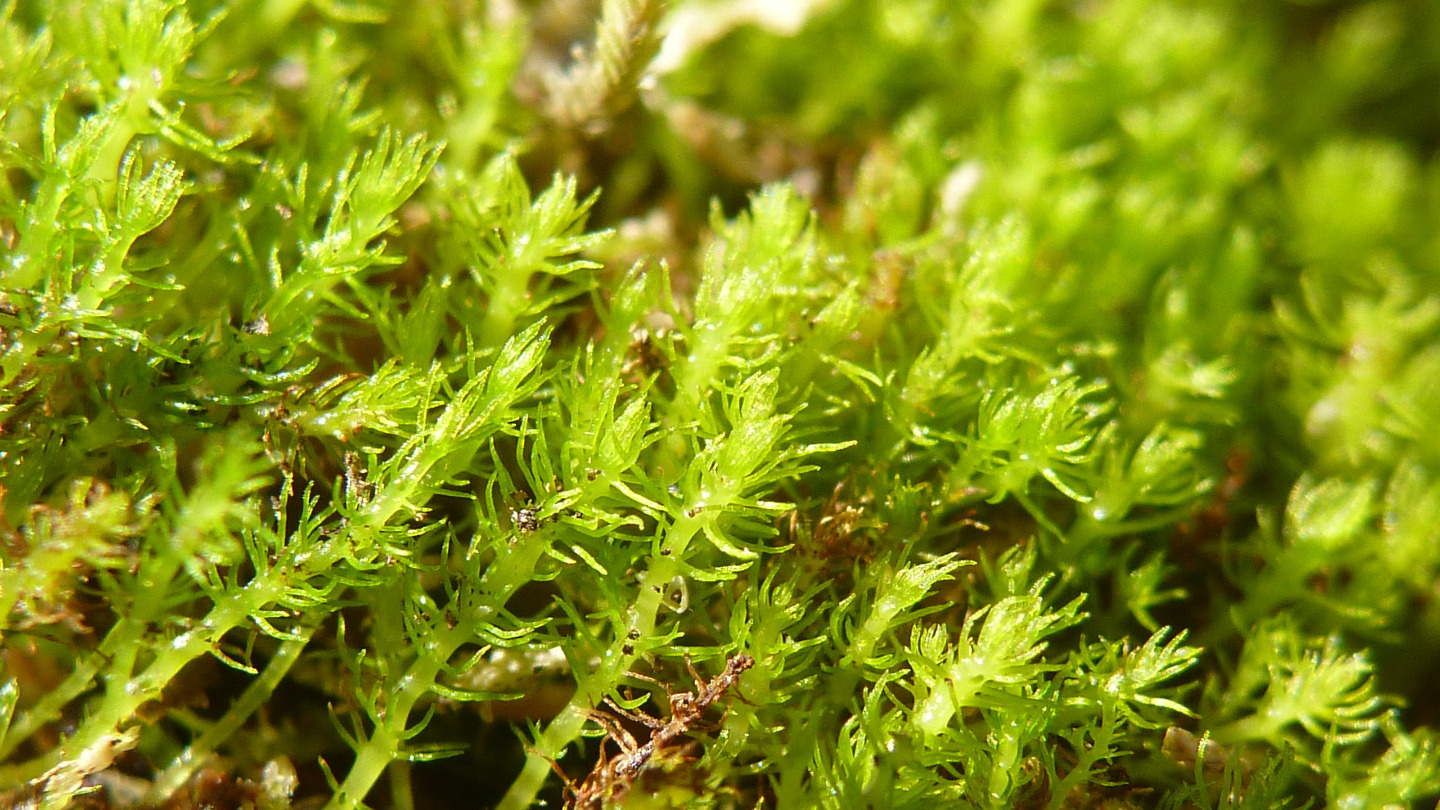The world’s oldest moss has experienced three mass extinctions — but may not survive climate change.
Takakia consists of only two species of moss. While they can be found separately in the United States and Japan, both species exist together exclusively on the Tibetan Plateau in the Himalayas. These two species are unlike any other plant in the world. The evolutionary shoot containing Takakia diverged from other bryophytes — mosses, liverworts, and hornworts — approximately 390 million years ago.
“The evolutionary position of Takakia in plants is similar to that of the platypus in mammals,” says Yikun He, a plant geneticist at the Capital Normal University in Beijing. Just as the platypus possesses many peculiar, not-quite-mammal characteristics — like egg-laying and a beak — Takakia has several features that distinguish it from other plants, such as featherlike leaves and a lack of pores for regulating the flow of oxygen and carbon dioxide.
“It looks very different from other mosses,” says Ralf Reski, a plant biotechnologist at the University of Freiburg in Germany. “For a long time, it was uncertain if it was a moss.”
2023-08-09 10:00:00
Article from www.sciencenews.org
